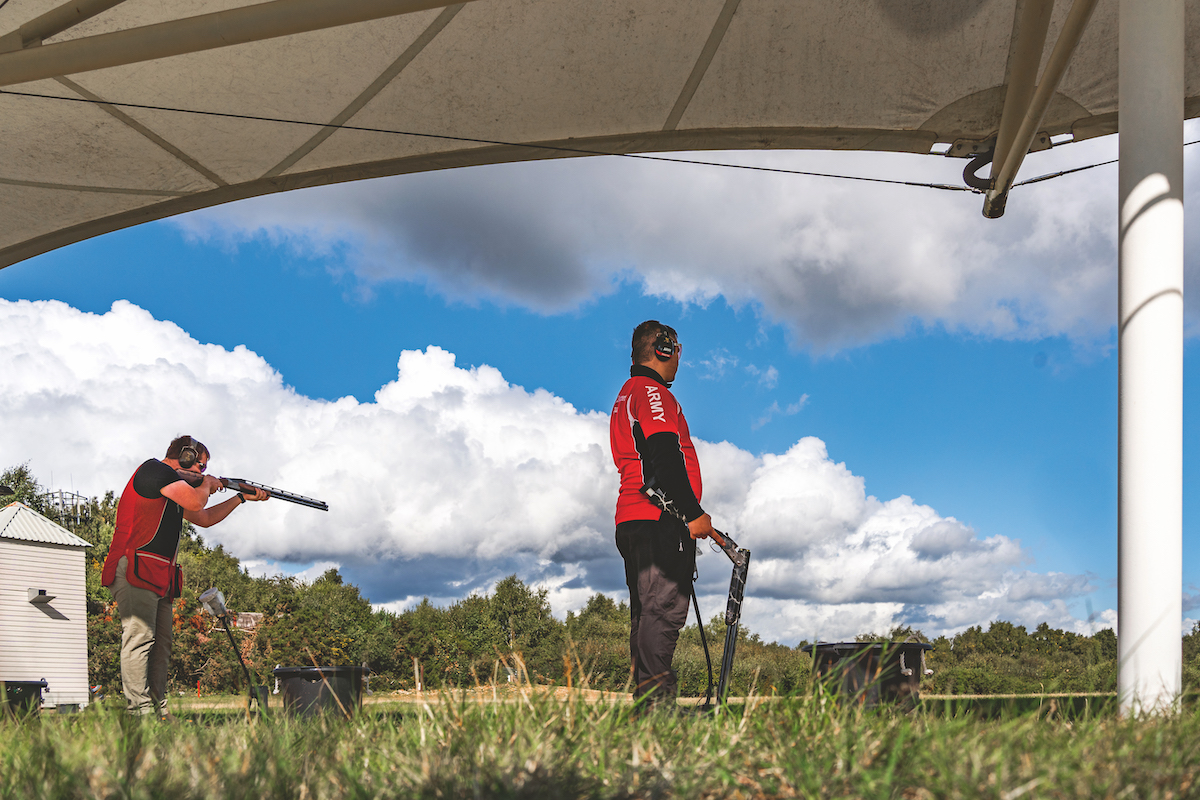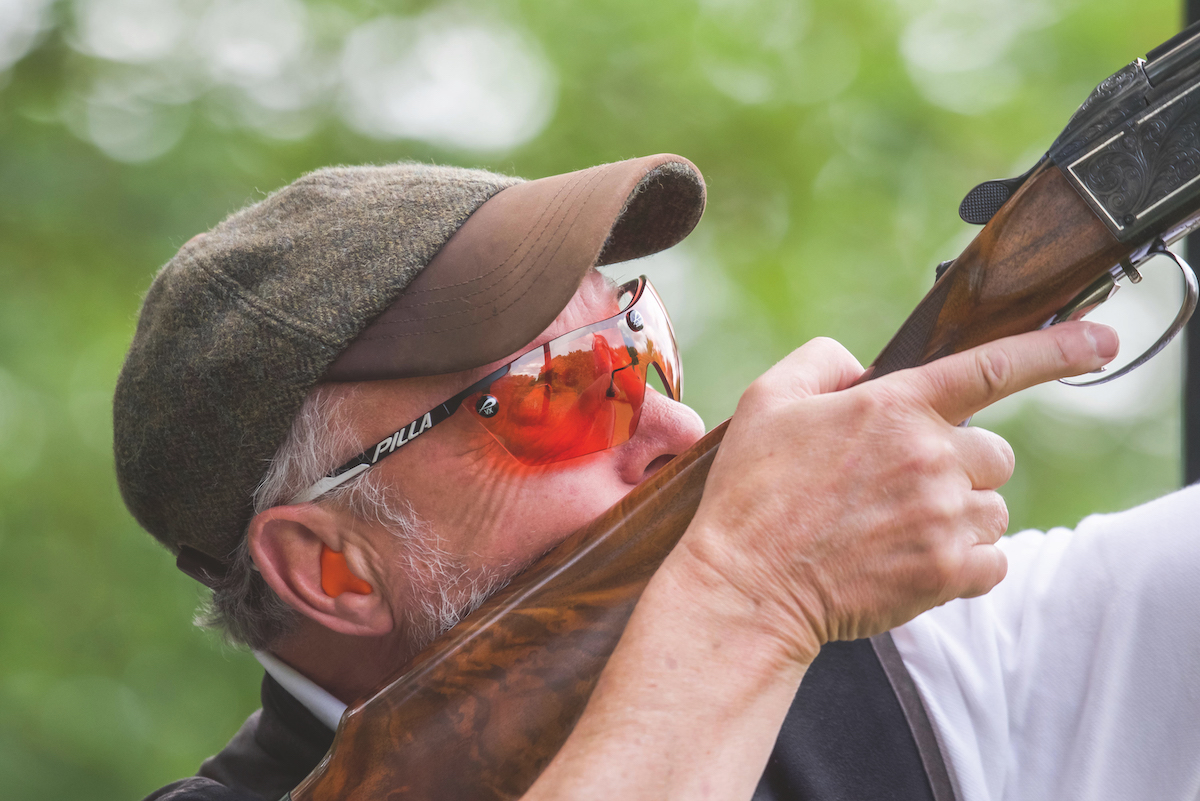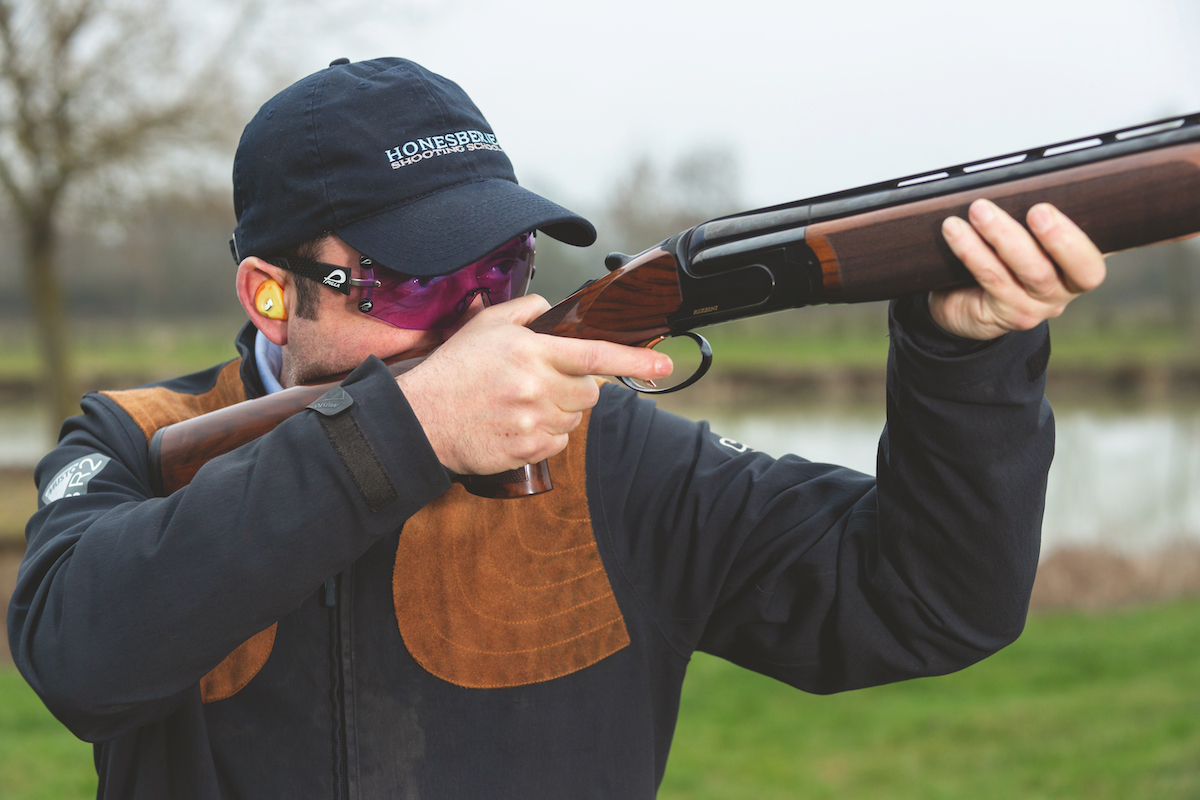One gun fits all
If you're accustomed to using an over-and-under, switching to a side-by-side for the season may not be the best thing for your cartridge to kill ratio, says Malcolm Plant
The telephone at shooting schools invariably starts to ring more frequently once the first pheasant shoots of the season are behind us. Right now mine is busy with shooters trying to find answers as to why their early outings have not met with the success they had expected.
I’ve asked my first question so often that I’m now word perfect with it: “Have you had any practice on clays over the summer?”
”Er, well, no, not really…” comes the reply. “I did a corporate clay day in April with my 30in over-and-under, but that’s been about it.”
“So what,” I ask “are you using on the pheasants?”
“My side-by-side English boxlock, of course, the one dad left me.”
I have to choke back a comment and stick to: “See you next Tuesday afternoon then.”
I have discussed the number of practice gun mounts that are required to perfect a shot, on these pages, with the gun starting in the unmounted “ready” position.
Dry mounting
If you were training to compete at high level in Olympic Skeet, your coach would be talking about “dry run” unloaded practice in the several thousands! Unfortunately the rest of us simply don’t have the time, or inclination, to devote to such a training regime. But even a little time spent “dry mounting” at home in the evening will produce worthwhile results. This helps develop all-important “muscle memory’’ in our arms and upper body for the required mount and swing coupled with “touch memory’’ where the gun stock meets our cheek.
This muscle memory does actually decay quite rapidly if the process is not repeated in the game or clayshooting field.
I am not suggesting that the recreational gameshooter should consider this level of practice, but equally it is not possible to simply pick up a gun and shoot competently with it.
And to compound the problem, if you change the gun between side-by-side and over-and-under, there are completely different handling characteristics to take into account and overcome.
Indeed, switching guns of the same barrel format is not problem free, either. Far from it. It does take some time to get used to a new or “different” gun of any kind.
Check it fits
Not convinced? Or do you still want to press ahead with a different gun to the one that you normally shoot with? Then the first thing to check is its fit.
The good news is that you don’t have to visit a specialist fitter as it’s possible to check the quality of your gun mount and gun fit in the comfort of your own home – with an unloaded gun.
You can do it by standing with your feet shoulder-width apart, with your feet and upper body at about 45 degrees to the target area.
Now close your eyes and mount the gun to your cheek and shoulder as though you are going to shoot a low incoming or going away target out in front.
Open your eyes and check that your right eye is looking along the middle of the rib and your line of sight is just grazing the top of the rib (for the right-handed shooter). You should be able to see all of the front sight, but not much of the rib.
At the clayground, if you can hit a 30-yard crosser and a going away trap-type target with reasonable consistency with your game gun, then the gun is not a
bad fit and, equally important, you are keeping your head in the right place on the stock as you pull the trigger.
So far so good, but most side-by-side game guns are considerably lighter than your average over-and-under Sporter or game gun. This has implications for the shot load weight that the side-by-side can handle comfortably, without rattling your teeth from excessive recoil.
Choose a load you can handle
If you are going to use a side-by-side for your gameshooting then carefully choose a cartridge shot load that gives recoil that you can handle; and only shoot targets at a distance that can produce clean kills.
A typical side-by-side has double triggers with the front trigger firing the right barrel and the rear trigger firing the left. To enable the trigger hand and finger to move between triggers, the conventional stock design is with the so-called straight-hand stock, with no pistol grip.
And this gives a completely different feel to the side-by-side’s stock. In general, the front trigger (right barrel) is fired first and the hand moves backwards to fire the rear trigger (left barrel).
None of this trigger hand movement is required in a single trigger over-and-under Sporter; or indeed in the rarer single trigger side-by- side shotgun. So this requires some practice to get used to, or an intensive refresher on clays.
Interestingly, many traditional side-by- side guns, with fixed chokes, have the right barrel set up as 1⁄4 choke and the left barrel as a tighter 1⁄2 or 3⁄4 choke.
However, for a gamebird, coming towards the gun, this is apparently the wrong way round. Taking the target early, out in front, would require the tighter choke and pattern, of 1⁄2 or 3⁄4, leaving the more open choke for the second barrel, if required, at closer range.
For grouse or partridge it may be that this traditional set up of the triggers assumes the use of open choke for the first incoming shot, followed by taking a second shot behind, as the birds pass by at high speed, using the tighter choke.
Old fashioned practice
Or maybe this firing sequence simply goes back to the old-fashioned practice of walking-up game with all targets going away in front; open choke for the first shot, tighter choke for the more distant second shot.
A side-by-side shooter can of course choose to pull the rear trigger first and then move the trigger hand forward to the front trigger, but that really does need some practice.
All of these considerations suggests that a warm-up is required if you plan to use a side-by-side shotgun instead of your usual over-and-under. But the real difference between the two is seen when we look down the barrels to engage with the target. The broad expanse of metal work of the side-by-side gives a completely different sight picture to that of an over-and-under.
No matter how you perceive the forward allowance or “lead” required to shoot a long crosser, be it instinctive or consciously measured, your brain has to process information from a completely different gun and target picture. Some practice on clays will definitely help.
And one final thought: there is no difference in the techniques required to shoot game and clays; they are all just moving targets. Don’t listen to anyone who says they are good at game, but can’t shoot clays. They are probably not much good at either, or don’t understand the fundamentals of shotgun shooting.
My preference is for an over-and-under
My advice? Doubtless it will stir up a hornet’s nest, but I would stick to one gun for all of your game and Sporting clayshooting. And that’s an over-and-under.








